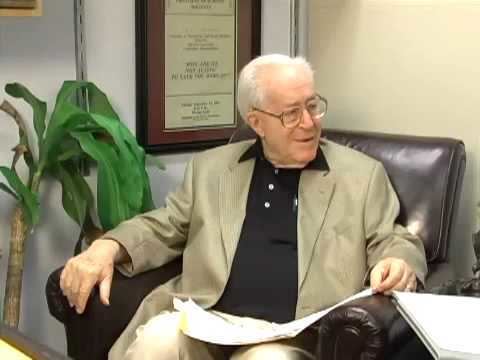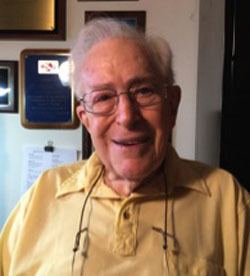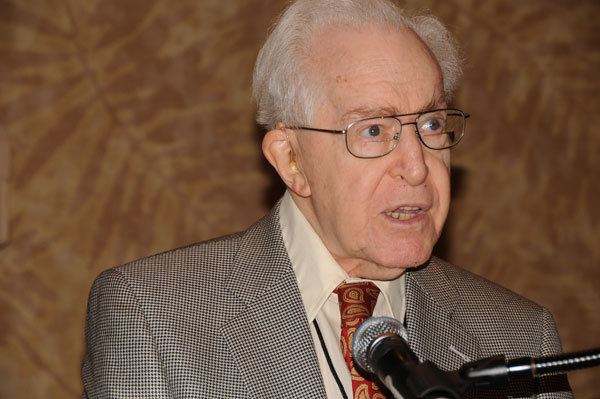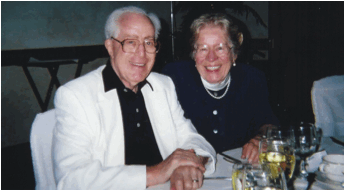Name Murray Sidman | ||
 | ||
Books Tactics of Scientific Research, Coercion and its fallout, Equivalence relations and beha | ||
Murray sidman the scientist practitioner in behavior analysis a case study
Murray Sidman is a pioneering behavioral scientist, best known for Sidman Avoidance, also called "free-operant avoidance", in which an individual learns to avoid an aversive stimulus by remembering to produce the response without any other stimulus. Sidman's explanation of free-operant avoidance is an alternative to the Miller-Mowrer two-process theory of avoidance.
Contents
- Murray sidman the scientist practitioner in behavior analysis a case study
- An interview with murray sidman
- Children s poetry video the ants by joyce sidman
- Swirl by swirl by joyce sidman illus by beth krommes
- References

Methodologically, a "Sidman avoidance procedure" is an experiment in which the subject is periodically presented with an aversive stimulus, such as the introduction of carbon dioxide or an electric shock, unless they produce a particular response, such as pulling a plunger, which delays the stimulus by a certain amount of time.
His work on methodology for behavioural psychologists is the standard textbook in its field.

Sidman took his PhD at Columbia in 1952 under the advisorship of William N. Schoenfeld. He has worked at many research institutions, including Harvard Medical School, Johns Hopkins University Medical School, and the Walter Reed Army Institute of Research. He is professor emeritus at Northeastern University.

Sidman initiated the research on stimulus equivalence, and has made important contributions to the field; this is described in Equivalence relations and behavior: A research story. His book Coercion and its fallout is often required reading when discussing ethics and behavior analysis.

Sidman has contributed three major publications to the field of applied behavior analysis. First, his most classic book Coercion and Its Fallout. This book set the groundwork for understand how everyone uses coercion and how to ethically use it to get meaningful behavioral changes. His second book is entitled Equivalence Relations and Behavior: A Research Story. Finally, his third major work is titled Tactics of Scientific Research, which has become a staple for research based psychology.

Below is a brief biographical sketch from the 2004 CALABA program, where he was an invited speaker:
Dr. Sidman received a Ph.D. in psychology from Columbia University in 1952 and went on to make contributions of enormous significance to the field of behavior analysis. He has held positions as a Research Psychologist at Walter Reed Army Institute of Research and the E.K. Shriver Center for Mental Retardation and Developmental Disabilities, where he served as director of the Behavioral Sciences Department. Dr. Sidman has taught countless students at Columbia University, Harvard Medical School, University of Nevada, Northeastern University, and Johns Hopkins University. His influence is international, as Dr. Sidman has held academic appointments at the University of São Paulo in Brasil, Keio University in Tokyo, Japan and the University of Canterbury in Christchurch, New Zealand.
Dr. Sidman’s publications in peer-refereed journals number close to 100 and have defined much of our current understanding of stimulus control, stimulus equivalence, and avoidance behavior. His 1960 text, Tactics of Scientific Research, is considered the first primer on within- subject research methodology. It is a classic that is still used today. Other contributions have extended to important social problems. The second edition of his book Coercion and Its Fallout was published in 2000, and his treatment of “Terrorism as Behavior” is in press in Behavior and Social Issues. Dr. Sidman is currently at work on his newest text, Applied Behavior Analysis: How and Why.
